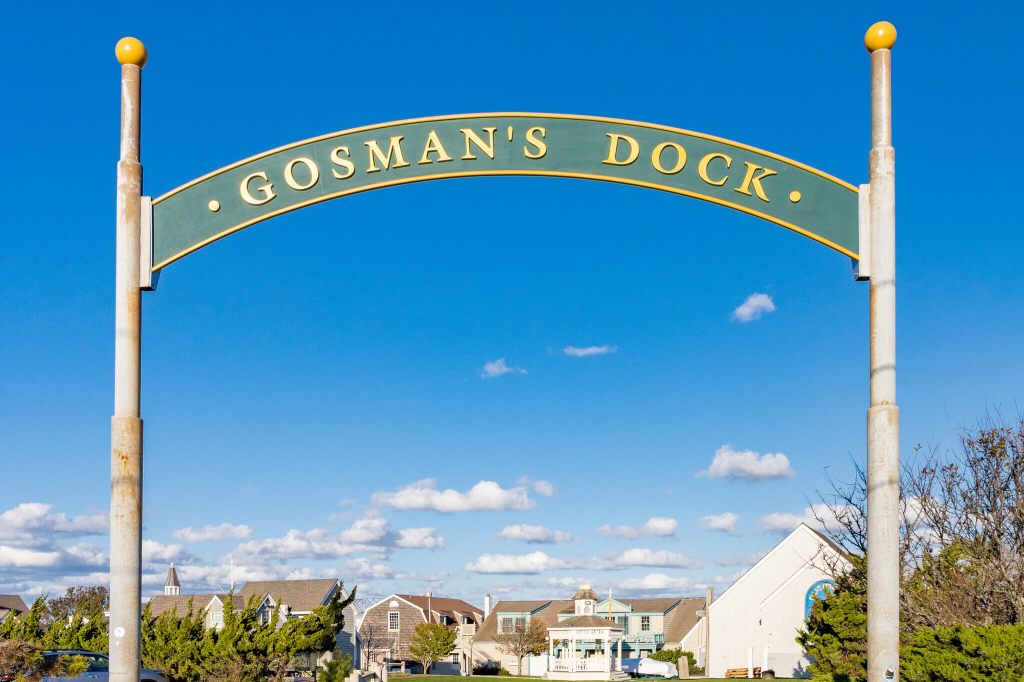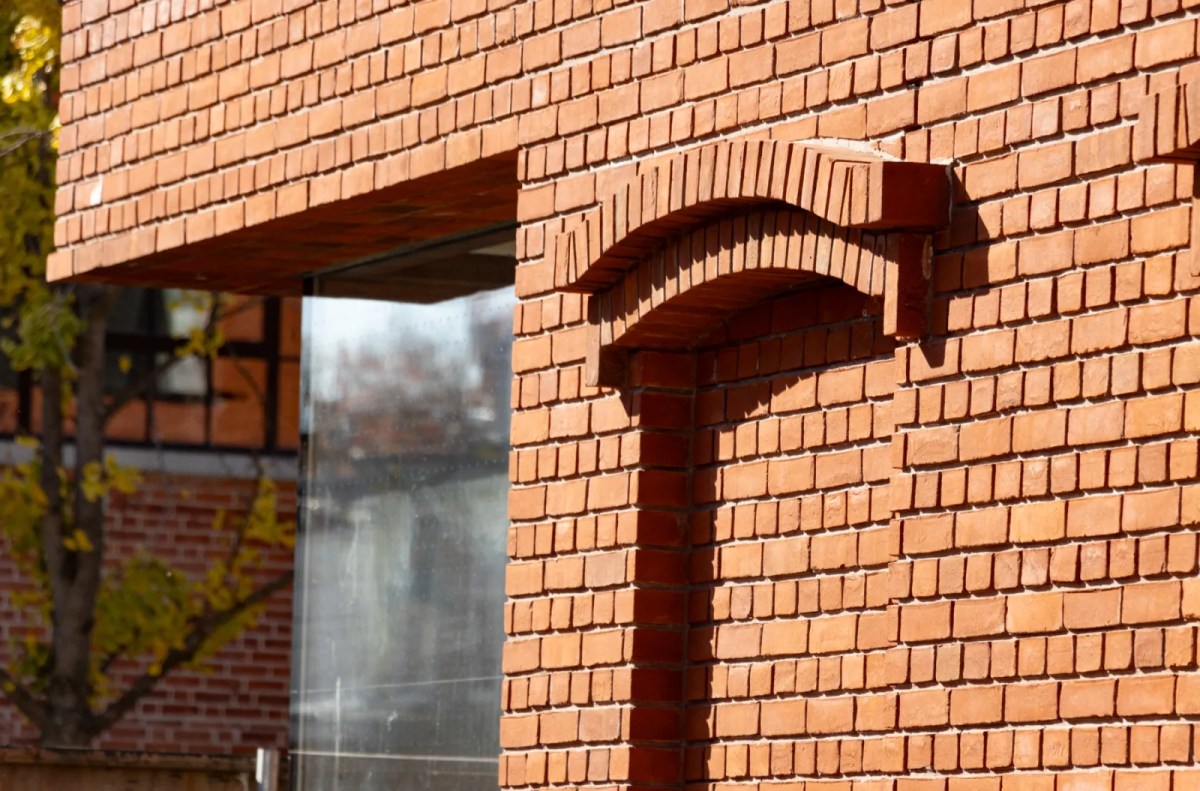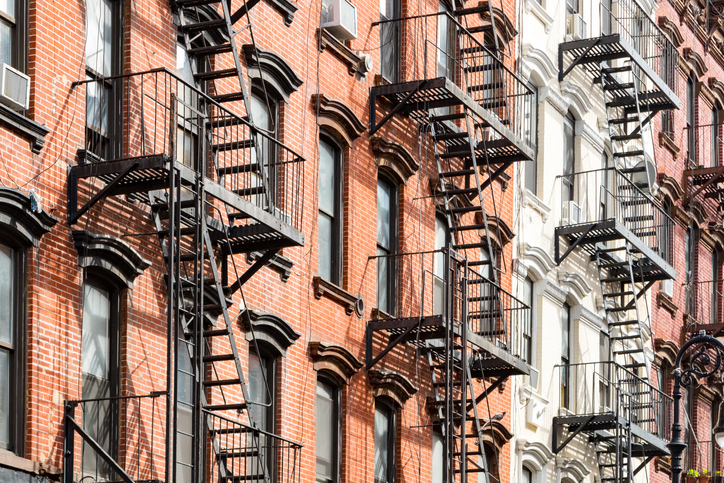
Preservationists are scrambling to save a 19th century Fifth Avenue structure slated for the wrecking ball.
The stately Demarest Building at 339 Fifth Ave. — which features dramatic, arched windows — housed the first electric elevator and a show room for high-end horse carriages when it opened around 1890.
Owner Pi Capital Partners is planning to tear down the building at the corner of East 33rd Street and build a 26-story mixed-use development in its place.
“It’s a great building,” said George Calderaro, historic preservationist and board member of the 29th Street Neighborhood Association, which has been fighting to get the Madison Square North Historic District extended to protect additional sites, including the Demarest Building.
“Apart from the obvious beauty of this building — and distinctiveness — it also housed the world’s first electric elevator,” Calderaro said. “That is of vast significance in the city of New York.”
Historic architecture is especially vulnerable in midtown Manhattan, as the appetite for towering development grows and space is at a premium. Efforts to save many structures from destruction have failed as well as attempts to protect them through a larger historic district.
The Demarest Building has a strong architectural pedigree, given that it was designed by the firm Renwick, Aspinwall & Russell. Its founder, James Renwick, laid out the plans for St. Patrick’s Cathedral.
During its heyday, the corner building housed carriages. Today, the ground floor features a Wendy’s as well as a souvenir shop and money exchange.
Pi Capital Partners could not immediately be reached for comment. Its application for a new building, which was filed at the end of July, is pending with the city Department of Buildings.
To date, the firm has not filed for a demolition permit.
Local leaders, including City Councilman Keith Powers, the Historic Districts Council and the Greenwich Village Society for Historic Preservation, have appealed to the city’s Landmarks Preservation Commission to designate the site to no avail.
“I think the building’s significance is really profound,” said Andrew Berman, executive director of the Greenwich Village Society for Historic Preservation. “It’s this beautiful, buff-colored, iron spot brick with huge arches and wonderful details; and it’s really a great link to New York’s commercial past and its development as the commercial capital of the world.”
But the Landmarks Preservation Commission told Berman in a letter that it has evaluated the building several times and believes the structure has been altered so much that it “doesn’t merit consideration” as a landmark.
"In a city the size of New York, we must be highly selective in proposing properties for designation as individual landmarks," the agency told amNewYork in a statement.
Berman said he disagrees.
“Some level of alteration for a building that’s 130 years old isn’t surprising,” Berman said. “Whether it’s the aesthetics or historical significance, it is a wonderful piece of New York and American history, and it would be a shame to lose it.”




























